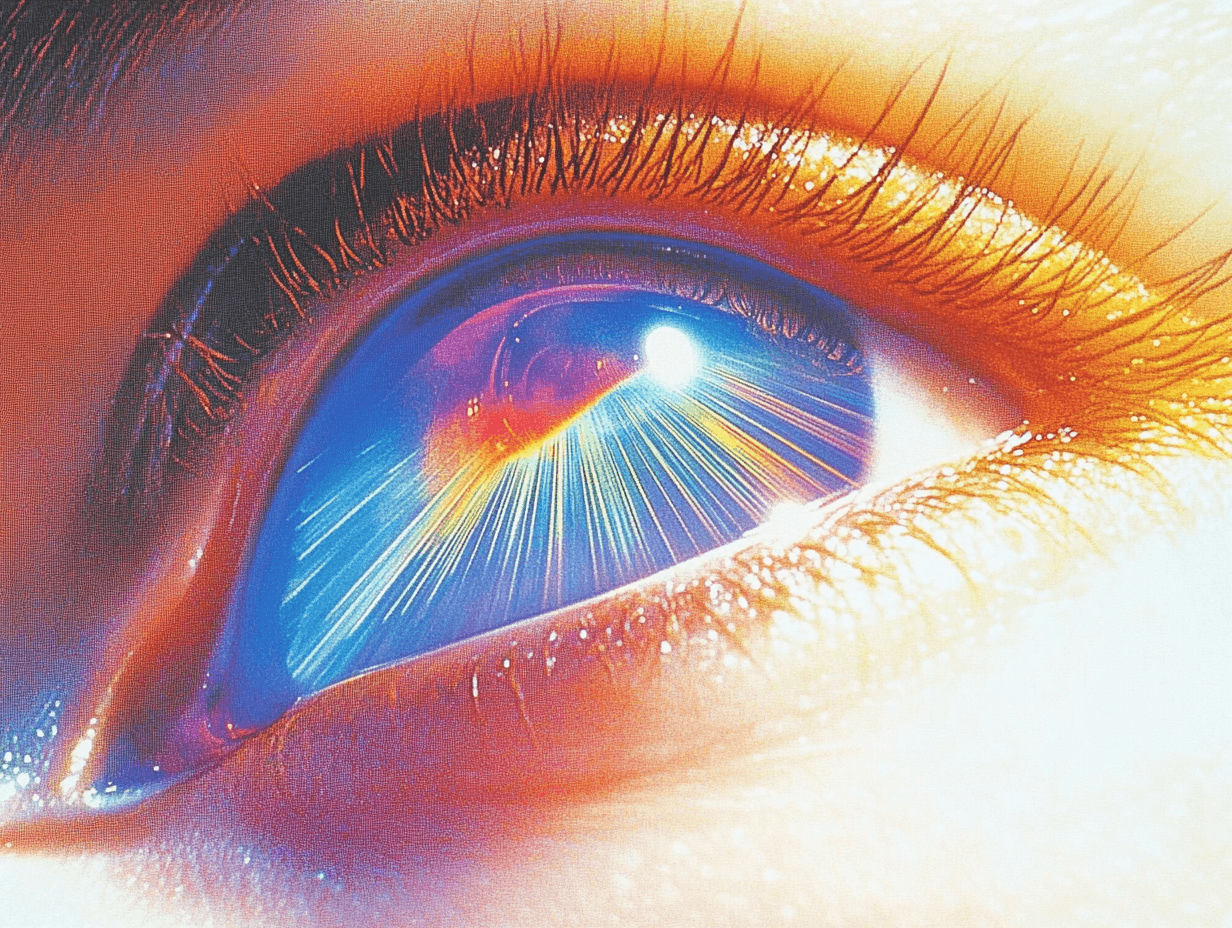How does computer vision work? All you need to know

Computer vision, a subfield of artificial intelligence (AI), has transformed how machines interpret visual data, offering unprecedented capabilities across various industries. This article explores the technology behind computer vision, its comparison with competitors, and its performance metrics, providing a comprehensive overview of this revolutionary field. At Narration Box, we have been curating a good set of research to present you with some detailed information on computer vision.
While computer vision focuses on interpreting visual data, text-to-speech technology transforms written content into audible speech , enhancing accessibility and user engagement. Narration Box integrates advanced AI capabilities to provide high-quality text-to-speech solutions, bridging the gap between visual and auditory information. By leveraging Narration Box's AI-driven text-to-speech technology alongside computer vision, businesses can create more immersive and interactive experiences , whether it's through automated customer service, educational content, or real-time translations.
What is Computer Vision?
Computer vision enables machines to interpret and understand visual information from the world. Using machine learning (ML) and deep learning (DL) algorithms, computer vision systems analyze and process images and videos to extract meaningful data, making it possible for applications such as autonomous vehicles, medical imaging, and surveillance systems to operate effectively.
Underlying Technology of Computer Vision
Computer vision relies on several core technologies to function effectively. These include:
Image Processing Techniques
Thresholding: Converts grayscale images into binary images based on a threshold value, separating objects from the background.
Edge Detection: Identifies boundaries within images using algorithms like the Canny edge detector, crucial for understanding shapes and positions.
Machine Learning and Deep Learning
Convolutional Neural Networks (CNNs): Break images into pixels, apply convolutions, and make predictions about what the system sees. CNNs are particularly effective for image recognition and classification tasks.
Recurrent Neural Networks (RNNs): Used for video applications, RNNs understand the sequence of frames and their relationships, making them suitable for tasks like object tracking in videos.
Advanced Models
ResNet-50: A deep learning model with 50 layers, ResNet-50 uses residual blocks to overcome the vanishing gradient problem, enabling it to learn complex features and perform high-accuracy image classification.
YOLO (You Only Look Once): A real-time object detection model that processes images quickly, identifying objects in a single pass through the network. YOLO is widely used in applications requiring speed, such as autonomous driving and surveillance.
Vision Transformers (ViTs)
Transformer Architecture: Originally designed for natural language processing, this model applies to images by dividing them into patches, embedding them, and processing them through a transformer encoder.
Key Features: Includes patch-based image processing, positional embeddings, and multi-head attention mechanisms, making ViTs efficient and accurate for image classification and object detection.
Applications of Computer Vision
Computer vision technology has diverse applications across various industries, including:
Automotive Industry
Object Detection and Classification: Used in autonomous vehicles to detect and classify objects like cars, pedestrians, and road signs, enhancing safety and enabling self-driving capabilities.
Healthcare
Medical Imaging: Analyzes MRI, CT scans, and X-rays to detect abnormalities and assist in diagnoses, improving accuracy and speed in medical decision-making.
Manufacturing
Quality Control: Identifies defects in products on production lines in real-time, ensuring high quality and reducing waste.
Retail
Enhanced Shopping Experience: Utilizes computer vision for self-checkout systems and to detect out-of-stock items, improving customer satisfaction and operational efficiency.
Performance Metrics and Comparisons
Benchmark Results
ResNet-50: Known for its high accuracy in image classification tasks, ResNet-50 achieves excellent results on benchmarks like ImageNet.
YOLO: Excels in speed and real-time object detection, making it suitable for applications requiring fast processing times.
Competitor Comparisons
OpenCV: A widely used library offering over 2500 optimized algorithms for tasks like facial recognition and traffic monitoring. Its ease of use and versatility make it a popular choice in academia and industry.
IBM Maximo Visual Inspection: Provides tools for labeling, training, and deploying deep learning vision models without coding expertise, making computer vision accessible to a broader audience.
SAS: Offers computer vision solutions for various applications, including retail, manufacturing, and healthcare, emphasizing real-time analysis and decision-making.
Real-World Applications
Autonomous Vehicles: Utilize computer vision for navigation, object detection, and collision avoidance.
Medical Diagnostics: Enhances the ability of healthcare professionals to detect and diagnose diseases accurately.
Surveillance: Improves security by analyzing video feeds in real-time to detect and respond to potential threats.
Challenges in Implementing Computer Vision
Despite its advantages, implementing computer vision systems comes with challenges, including:
Hardware Limitations
Requires high-quality imaging hardware and powerful computing resources to process data effectively.
Quality of Input Data
High-quality, annotated data sets are essential for training models, and obtaining such data can be costly and time-consuming.
Scalability
Ensuring that computer vision systems can scale to handle increasing amounts of data and more complex tasks is critical for long-term success.
Computer vision is a transformative technology with far-reaching implications across various industries. By leveraging advanced machine learning and deep learning techniques, computer vision systems can interpret and understand visual data, enabling applications that were once the stuff of science fiction . As technology continues to evolve, the capabilities and performance of computer vision systems will only improve, driving innovation and efficiency in countless fields.
